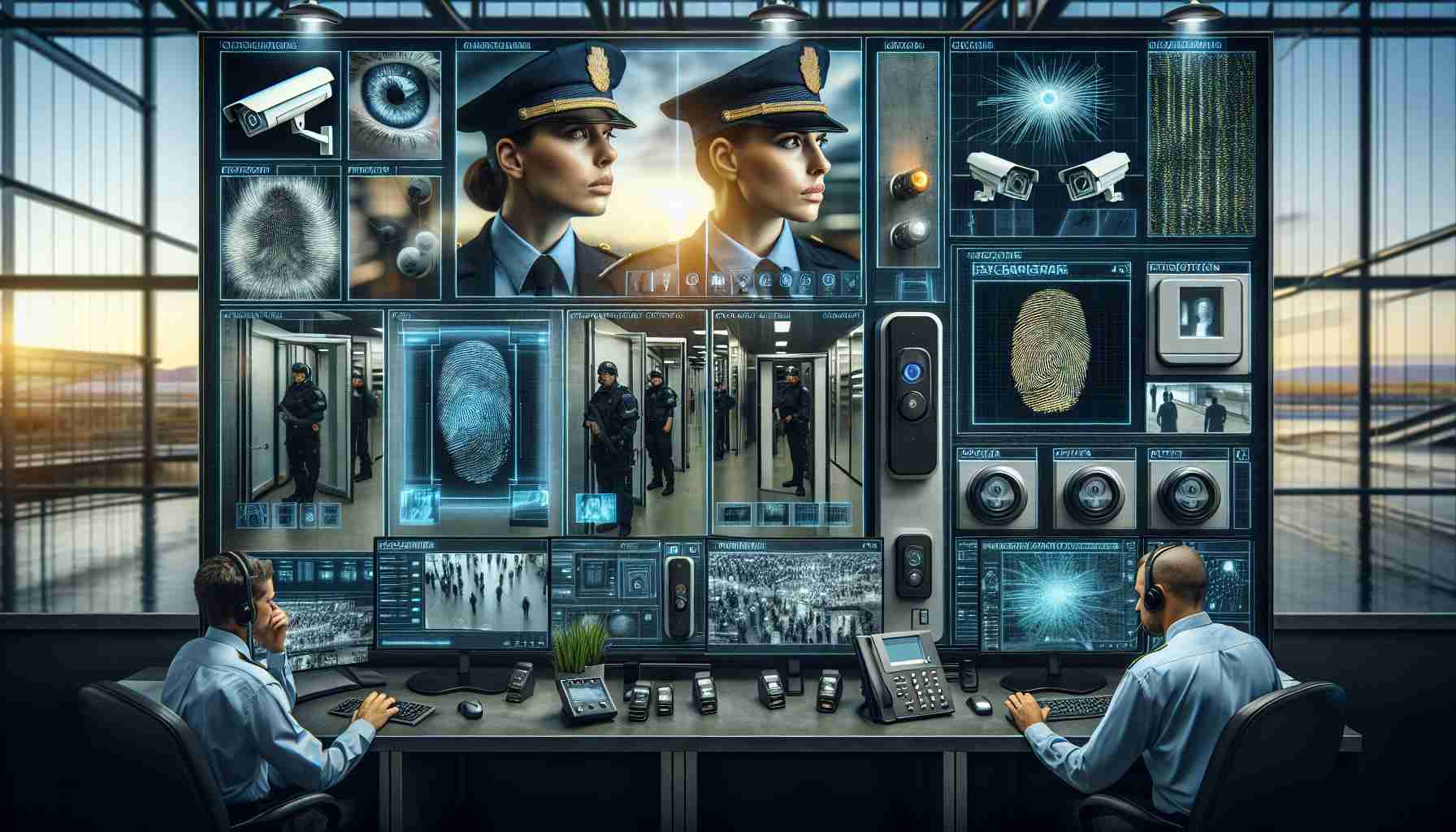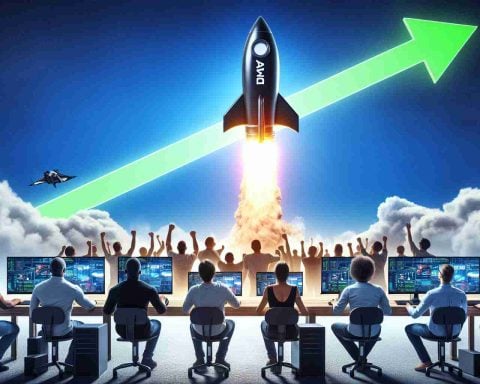The augmented reality and virtual reality (AR/VR) market has been experiencing significant growth due to the increasing adoption of these technologies across various industries. Advancements in hardware and software, coupled with the growing interest in immersive and interactive experiences, have fueled the demand for AR and VR technologies.
By 2031, the AR/VR market is projected to reach new heights with continued innovation and investment in the sector. These technologies are expected to become more mainstream across industries, leading to a more integrated and seamless user experience. Companies are leveraging AR and VR for training, marketing, remote collaboration, and customer engagement, driving rapid expansion in the market.
The convergence of AR and VR with other emerging technologies such as artificial intelligence, cloud computing, and the Internet of Things is another trend shaping the market. This integration has enabled more immersive and personalized experiences, enhancing the value proposition of AR and VR solutions across industries.
The COVID-19 pandemic has further accelerated the adoption of AR and VR technologies, especially in sectors like healthcare, education, and remote work. As organizations adapt to the new normal, AR and VR solutions have emerged as valuable tools for delivering virtual services, training employees remotely, and conducting virtual events.
Looking ahead, the AR/VR market is expected to witness continued growth and innovation. Emerging trends like spatial computing, volumetric video, and haptic feedback are opening up new possibilities for applications, driving increased interest and investment. Regulatory initiatives and standards development are also crucial in shaping the future of the market, ensuring interoperability, security, and privacy.
In conclusion, the growing potential of AR and VR technologies presents numerous opportunities for businesses and consumers. As technology advances and user experiences improve, these technologies will continue to revolutionize industries and create new possibilities for engagement and interaction.
Additional facts:
– The global AR/VR market was valued at $18.8 billion in 2020 and is projected to reach $65.4 billion by 2027, growing at a CAGR of 18% during the forecast period.
– The gaming industry is one of the key drivers of growth in the AR/VR market, with the demand for immersive gaming experiences increasing.
– The healthcare industry is another sector benefiting from AR/VR technologies, with applications in surgical simulations, patient education, and telemedicine.
– The retail industry is using AR/VR for virtual try-on experiences, virtual showrooms, and enhanced shopping experiences.
– The education sector is adopting AR/VR for immersive learning environments, virtual field trips, and interactive educational content.
– AR/VR technologies are also being used in architecture and real estate for visualizing designs and showcasing properties in virtual reality.
Key Questions:
1. What industries are driving the growth of the AR/VR market?
– The gaming, healthcare, retail, and education industries are key drivers of the AR/VR market, adopting these technologies for various applications.
2. How is the COVID-19 pandemic impacting the adoption of AR/VR technologies?
– The pandemic has accelerated the adoption of AR/VR technologies, particularly in sectors like healthcare, education, and remote work, where virtual services, remote training, and virtual events have become essential.
3. What emerging trends are shaping the future of the AR/VR market?
– Emerging trends in the AR/VR market include spatial computing, volumetric video, and haptic feedback, which are opening up new possibilities for applications and driving increased interest and investment.
Key Challenges and Controversies:
1. Cost and affordability: AR/VR technologies can be expensive, making it challenging for some businesses and consumers to afford them, hindering widespread adoption.
2. Technical limitations: AR/VR experiences may still have limitations in terms of graphics quality, resolution, and processing power, which can impact the overall user experience.
3. Privacy and security concerns: The collection of personal data and potential breaches of privacy in AR/VR applications raise concerns and require robust security measures and regulations.
Advantages of AR/VR technologies:
1. Immersive and interactive experiences: AR/VR technologies provide a highly engaging and realistic user experience, enhancing training, marketing, and customer engagement efforts.
2. Enhanced learning and education: AR/VR can create immersive learning environments, allowing students to explore and engage with educational content in new ways.
3. Remote collaboration and communication: AR/VR technologies enable remote teams to collaborate as if they are in the same physical space, increasing productivity and reducing the need for travel.
Disadvantages of AR/VR technologies:
1. Cost and accessibility: High costs and the need for specialized hardware can limit the accessibility of AR/VR technologies, especially for individuals and businesses with limited resources.
2. Technological limitations: AR/VR experiences may require powerful hardware and can be limited by technical constraints in terms of graphics quality and processing power.
3. Ethical and social implications: The potential for addiction, isolation, and ethical challenges raised by AR/VR technologies, such as virtual reality violence or dehumanization, need to be addressed.
Suggested related links:
– Forbes – The Future of AR and VR: The Road to Realvirtuality
– Deloitte – Global Augmented and Virtual Reality Survey
– Insights Success – 5G and AR/VR: Technologies to Revolutionize Industries






















